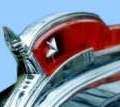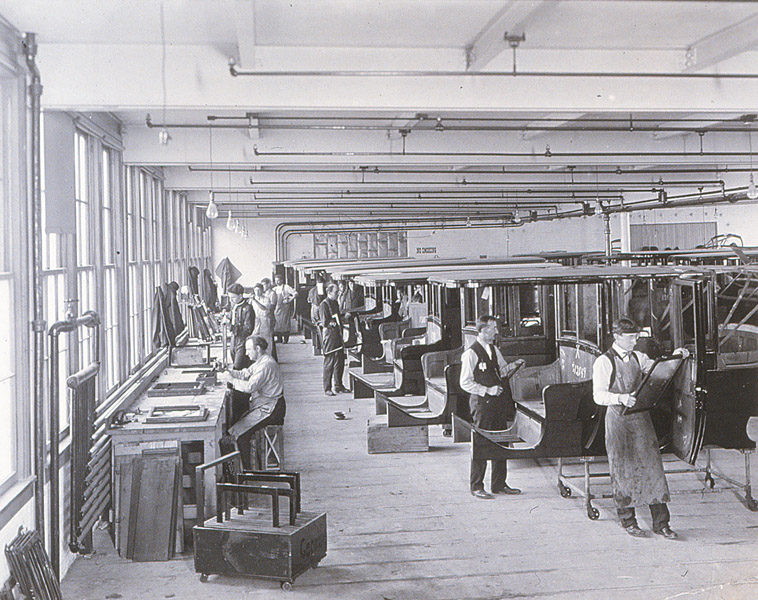|
Re: 1942 One Sixty Sport Sedan What-If
|
||||
|---|---|---|---|---|
|
Home away from home

|
Well that settles THAT! Thanks... and nice car!!!
Posted on: 2011/1/26 17:39
|
|||
|
||||
|
Re: 1942 One Sixty Sport Sedan What-If
|
||||
|---|---|---|---|---|
|
Forum Ambassador

|
The sport sedan style makes sense but why the retrograde body??!! Was the owner or Derham convinced that wood composite bodies were quieter?
Undoubtedly it IS quieter, but the simple reason is that that was the body style the purchaser wanted, and you need tens of thousands of bodies to have a chance to amortize the cost of the stamping dies, thus aluminum panels over wooden framing, similar to all the senior Packards thru 1938 and the Twelve thru 1939.
Posted on: 2011/1/26 18:28
|
|||
|
||||
|
Re: 1942 One Sixty Sport Sedan What-If
|
||||
|---|---|---|---|---|
|
Home away from home

|
Quote:
... and you need tens of thousands of bodies to have a chance to amortize the cost of the stamping dies ... Dave, to understand it better I just re-examined the Packard output in 1940,1941 and 1948,1949. "Tens of thousands" would mean at least 20,000 but according to the model info very few body styles reached those quantities. Well, I don't know the quality requirements and lifetime of stamping dies, the synergy effects of mass-produced standard molded components made by Briggs, keys of payment and the distribution of costs and last but not least the break even point but "Tens of thousands" related to a prewar car could be a bit to high. Perhaps it's just a question of semantics and "Tens of" is the salt, that gives it that extra something. If so, then please don't stop to use the muffineer - I'm the king of salt shakers.  "Packard Factory, Detroit, 1910. Hand-building automobile bodies. Photographer unknown. Courtesy of the National Automotive History Collection, Detroit Public Library." [source:http://michiganradiopictureproject.org/2010/03/08/packard-factory/]
Posted on: 2011/1/26 19:51
|
|||
|
The story of ZIS-110, ZIS-115, ZIL-111 & Chaika GAZ-13 on www.guscha.de
|
||||
|
||||
|
Re: 1942 One Sixty Sport Sedan What-If
|
||||
|---|---|---|---|---|
|
Home away from home

|
Now that we know the rest of the story on the Derham car, the style and construction make sense. Like you said, the owner wanted that look. And for a coachbuilder aluminum is easier to shape than steel. Packards of the Thirties were, I believe, steel over wood.
The volumes needed to amortize dies depends in part on the profit margins a car generates. Like was stated, Packard didn't produce that many 138" and 148" touring cars. In their favor was the fact that they were high end cars that hopefully had good margins. Also in their favor was the the fact that the only unique stamped body parts were the rear doors, roof and a floorpan section, everything else came from the 110/120. Wish we had access to Packard's product financials for those years. Did the new Seniors make money? Wish we had the numbers for the '38-41 Sixty Special as well, which unlike the Packard 160/180 was a completely stand alone car that sold about 20,000 units over its 4 year run. That it changed the industry is not in question but did it make money in the process? Could Packard have made such a car and turned a profit?
Posted on: 2011/1/26 20:50
|
|||
|
||||







